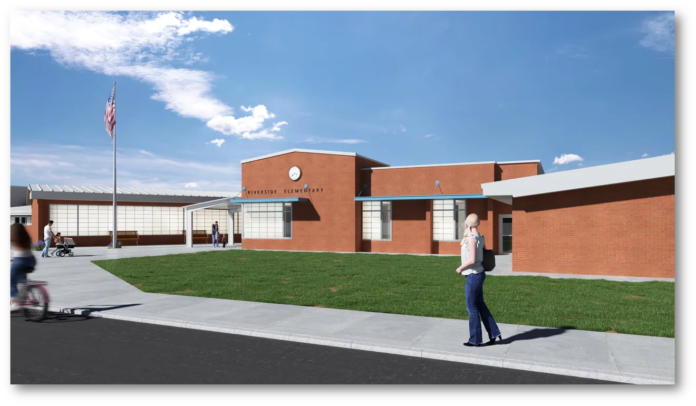Construction project timeline delays, increased material costs, labor shortages, and supply chain lags stemming from the pandemic have reportedly affected 70 percent of construction projects across the nation. However Maas Companies, advisors in program and construction management for the academic community, believe the tide is close to changing.
Delivery delays are starting to ease due to government intervention. California Governor Newsom and the Department of General Services identified six state sites to store up to 20,000 shipping containers in an effort to alleviate port congestion. This lack of storage space was a primary driver of the bottlenecks at state ports.
“Delays plus the increased cost of materials alone has had enormous impact,” Mass Construction program manager Penny McGrew said in March statement.
Maas Companies has overseen the construction of 415 projects for districts, educational institutions, and public agencies over the past 15 years. The firm currently has 86 active projects underway.
“Steel is up 250 to 300%, lumber up 400%, and commercial plumbing supplies have escalated to 175% over the pre-pandemic price,” McGrew said.
Malcolm Wilson, CEO of GXO, a global logistics firm is optimistic of a supply chain turn around.
Wilson said GXO, which has more than 860 warehouses around the world, is now seeing a lot of the backlogged cargo channeling into the firm’s warehouses. The process will take time and industry officials don’t expect the backlog to fully clear until 2023.
“We are seeing school districts directly procuring long lead items such as HVAC units, which face 8-to-10-month backlogs, and electrical components, rather than wait for a contractor to order them,” McGrew said. “This puts the items on site so that when a contractor is approved, the project is ready to go.”
Building a school in California is a complex matter under the best of circumstances.
“Timelines are contingent on many variables, from the quality of the land for the building site to the complexity of the architecture, weather, and other factors,” says Maas President Lori Maas O’Keefe. Such projects are also directed by the California Code of Regulations, Title V, which mandates the guidelines for state funded school facilities construction. Many schools and community colleges also draw funding from public bond measures, adding another layer of accountability and guidelines.
Because education facilities in California have been regarded as essential, work on school projects was allowed to continue during sporadic “lockdowns” related to the pandemic, although the mission to maintain worker safety and securing the required personal protective equipment had proven challenging in the days of COVID-19. Despite the continuance of work schedules, labor shortages and material shortages have slowed the process.
For example, supply problems put the skids on the reopening of Riverside Elementary School and the Performing Arts building at Carlsbad High School, both in Carlsbad, California, where project delays also impacted Desert Willow Elementary School and Ocotillo Elementary School, among others.
Despite the pandemic’s punch, Maas O’Keefe remains optimistic. “Everyone at the table shares the same goal: giving students the best school facility possible. That alone helps despite global issues beyond our control,” she says.














